Why Returning to Sport After an ACL Injury CAN BE Harder Than It Should Be
An ACL injury is one of the most challenging setbacks an athlete can face — not just physically, but mentally, emotionally, and logistically. While ACL reconstruction surgery is often seen as the turning point in recovery, the truth is: the journey back to sport is only just beginning.
Despite the increasing quality of surgical procedures, many athletes still struggle to return to their pre-injury level — and some never do. Why? Because the path from surgery to full performance is long, complex, and full of obstacles that too often go unaddressed.
Here are some of the key challenges athletes face when recovering from an ACL injury:
1. The Recovery Timeline Is Long — Often 9 to 12+ Months
Many athletes (and even some coaches or families) underestimate just how long it takes to fully return to sport after ACL reconstruction. While walking, jogging, or basic gym work might come back within a few months, true readiness for high-speed, reactive sport often takes 9–12 months or longer. Rushing this timeline dramatically increases the risk of re-injury.
2. Persistent Weakness in Key Muscle Groups
Even with regular rehab, athletes often deal with persistent weakness in the quadriceps, hamstrings, and glutes — key muscles that stabilize and protect the knee. Without proper programming and progressive loading, this weakness can linger for months, affecting movement quality, performance, and injury risk.
3. Lack of Confidence in the Knee
The physical healing might be progressing, but confidence is a different story. Many athletes experience fear of re-injury, hesitation during movement, or feel like their body just doesn’t “trust” the knee anymore. Building confidence requires more than basic exercises — it requires exposure to real movement demands, in a controlled, progressive way.
4. Finding a Program That Covers Every Stage
One of the biggest challenges athletes face is finding a program that supports them from day one post-op all the way to return to competition. Most rehab options are fragmented — a few sessions here, a training program there — with no single system that covers strength, mobility, testing, field work, and mental readiness. This lack of structure can leave athletes stuck between rehab and performance.
5. Missing the "Return to Performance" Phase
Returning to sport isn't just about jogging pain-free or completing exercises in a clinic. Athletes need to relearn the demands of their sport — acceleration, deceleration, change of direction, jumping, landing, cutting, pivoting, reacting. These skills must be rebuilt gradually and purposefully. Too many programs skip this phase entirely.
6. Inconsistent Testing and Progress Tracking
Objective testing is essential for understanding how an athlete is recovering — not just in terms of pain, but in strength symmetry, power output, force control, and movement quality. Without access to reliable testing tools and benchmarks, many athletes are cleared too early, or left unsure about where they really stand.
7. Mental & Emotional Burnout
ACL rehab is a grind. The emotional toll of being sidelined, the loss of identity as an athlete, and the pressure to return to pre-injury levels can be overwhelming. Athletes need support systems in place — not just a physiotherapist, but a team that understands the full scope of the recovery process.
Bringing It All Together: Why Project ACL Exists
At Project ACL, we built a system designed to address all of these challenges. From the first post-op session to your first game back, our program includes:
Expert physiotherapy
Individualized strength programming
Weekly on-field return-to-sport sessions
State-of-the-art testing protocols
Ongoing support and performance tracking
Because athletes deserve more than clearance — they deserve confidence, readiness, and results.
Have questions about where you are in your recovery?
Contact us to book an assessment to learn how we can help guide your return to sport — the right way.
